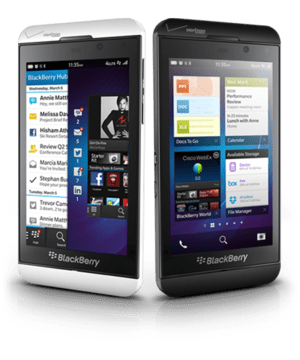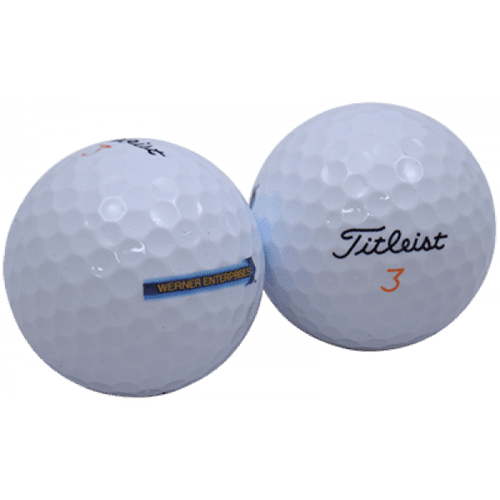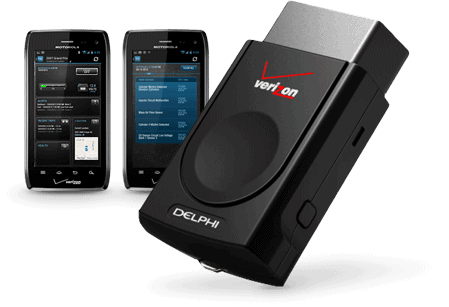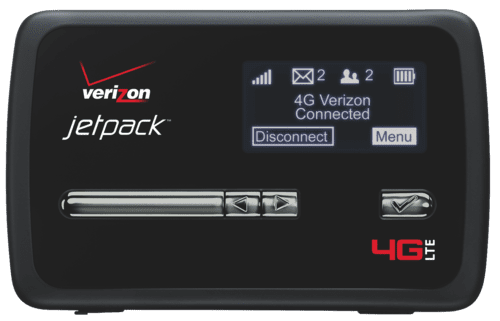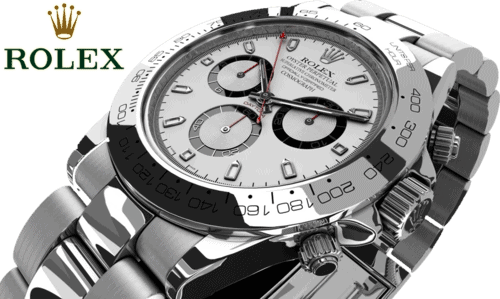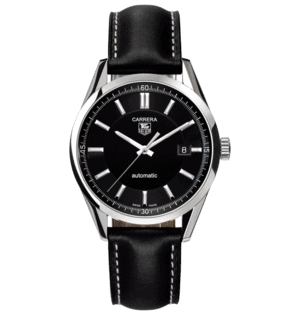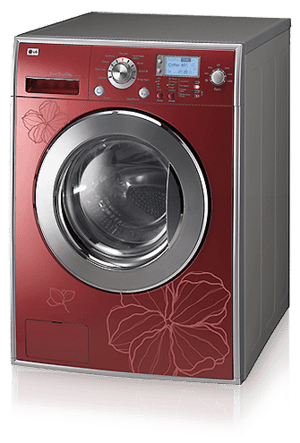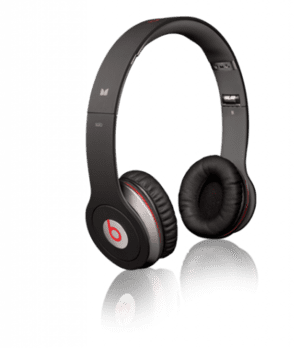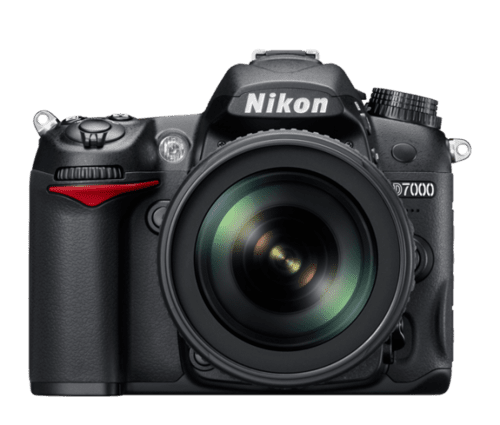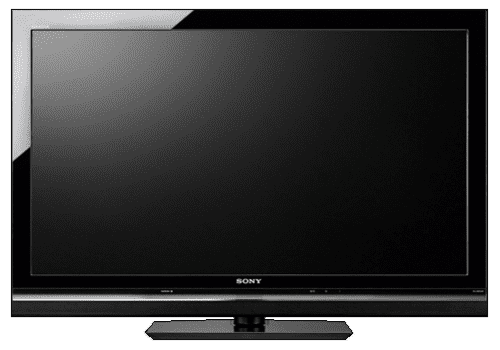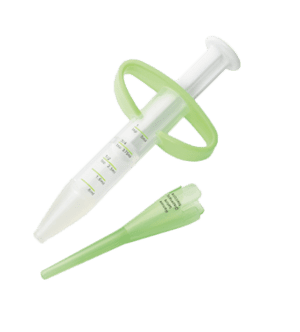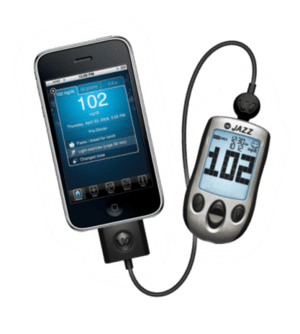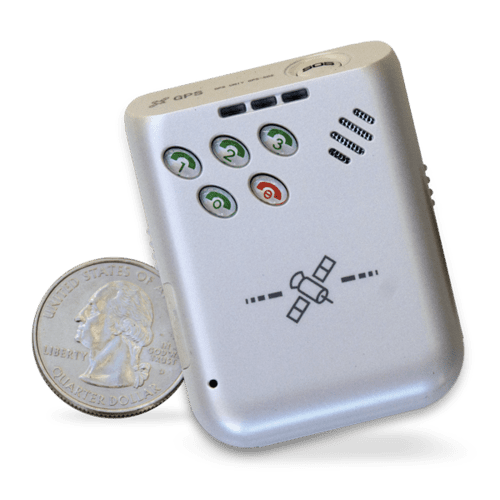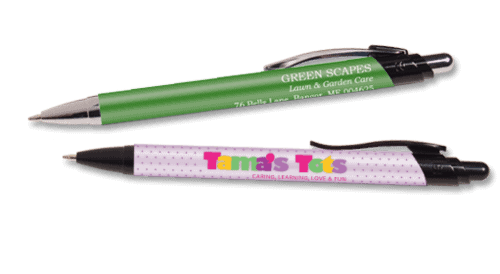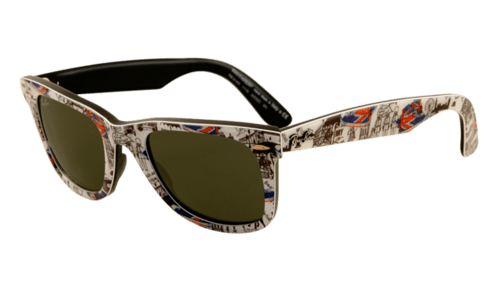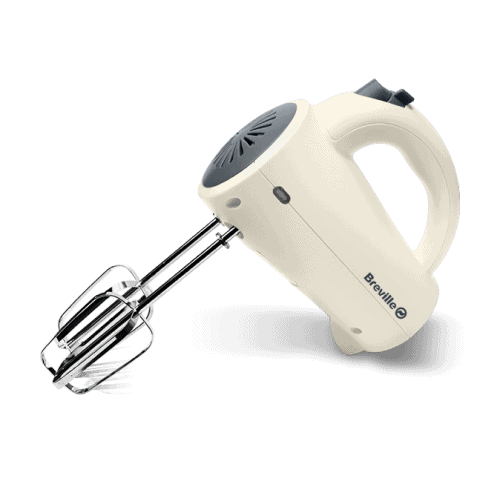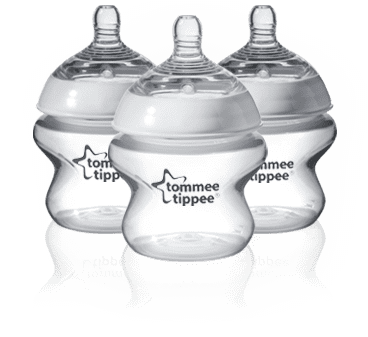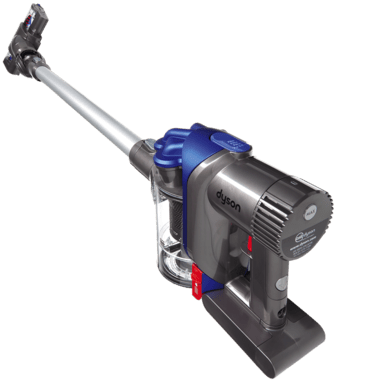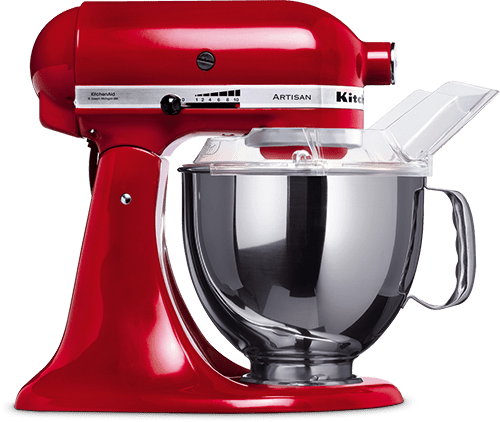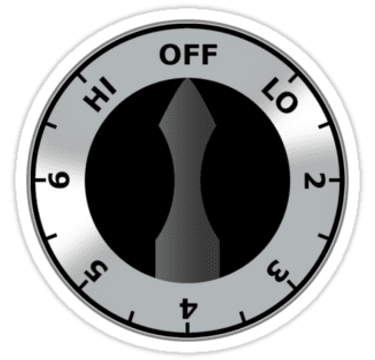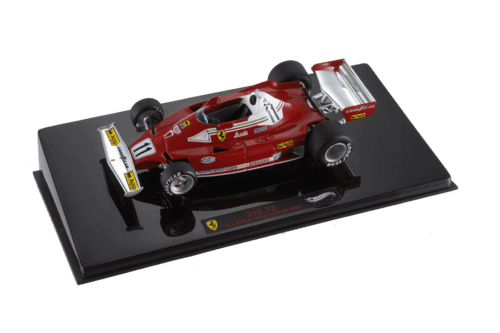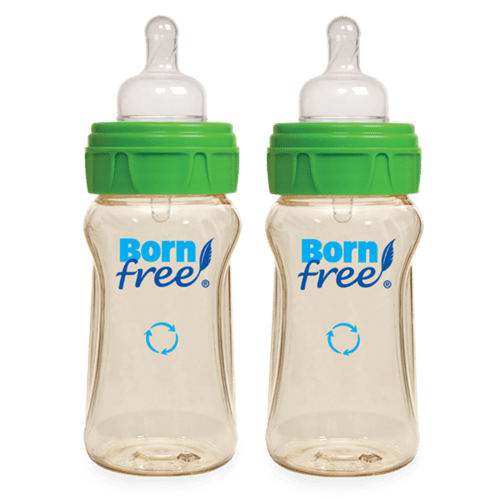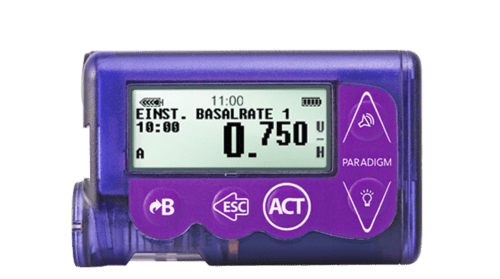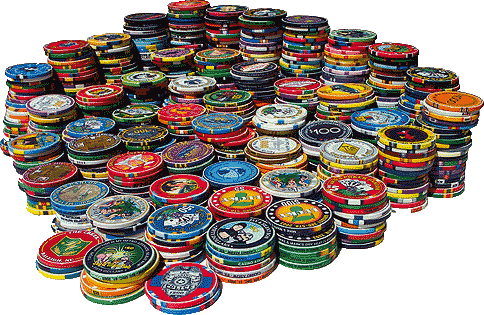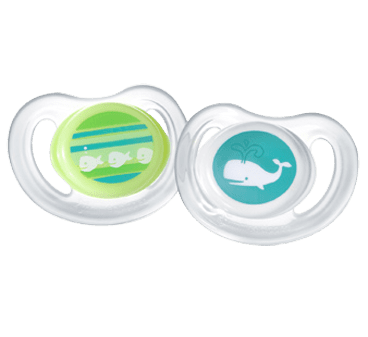Common Pad Printing Examples
Pad printing technology is used across many industries and for numerous applications. Industries like automotive, electronic, cosmetic, promotional, sporting, medical and many more utilize pad printing machines and technology to achieve the desired branded product outcome.
What Is Pad Printing?
Pad printing is the process of putting a 2D image onto an object. Also referred to as tampo printing or tampography, a pad print begins with the creation of an etched printing plate, called a cliché. Printing plates can be made from plastic or steel, depending on the size of production. After the image has been engraved onto its surface, a printing pad made from a flexible material, like silicone, transfers ink from the printing plate onto the object. This flexible pad easily bends and conforms to round or unusual shapes.
The pad printing process quickly places high-quality images onto a vast number of substrates. It is compatible with convex, concave, cylindrical, and spherical objects, as well as those with compound angles or a lot of texture. At Teca-Print USA, in addition to our industry-leading pad printing machinery, we also offer custom pad printing services designed to meet the needs of diverse industries.
Automotive Industry Solutions
Pad printing is an important process in the automotive industry due to its precision, efficiency, and versatility. It can decorate irregularly shaped components with ease and is suitable for printing onto metal, glass, and rubber substrates. The high degree of repeatability is another important factor for automotive applications, as these jobs typically involve large production runs that must be performed quickly and precisely.
Pad printing offers many advantages that make it a vital process for automotive manufacturing:
- Precision and repeatability: Images can be precisely placed onto any area of an automotive component and repeated accurately for identical products.
- Suitable for irregular surfaces: The flexible printing pad easily conforms to round and unusually shaped surfaces without distortions.
- High-speed capabilities: Pad printing can be performed on large batches of products quickly, with no sacrifice to graphics quality.
The pad printing process is frequently performed on injection molded car parts to apply graphics such as:
- Branding
- Safety instructions
- Decorative details
- Indicator markings
Electronics Industry Applications
The electronics industry has many applications for pad printing, especially relating to printed circuit board (PCB) labeling. For these jobs, special labels are required to ensure the printed graphic can withstand exposure to heat and fluids while remaining legible. PCB pad printing often involves placing small text or barcodes for product identification.
Component marking is another important pad printing application. Compared to other types of printing, pad printing places markings with a high degree of precision. This allows the irregular surfaces of electronic components to be quickly and precisely marked with detailed images.
Some advantages of pad printing within electronics applications include:
- Suitable for sensitive components: Many electronic components are delicate and easily breakable. The pad printing process places graphics without causing damage to the product itself.
- Improves traceability: Even small or unusually shaped objects can have critical information printed to facilitate traceability throughout the production process or protect against counterfeiting and tampering.
- Precise and repeatable: No matter how large or small a production run is, graphics can be quickly placed in exactly the right location.
Some of the most commonly printed products include:
- Cables
- Relays
- Housings
- PCB plug-in connectors and terminal blocks
Cosmetic Industry Solutions
Pad printing is an important process for the cosmetics industry. It creates clear, legible decorative images and detailed product information on the surface of cosmetics packaging. Since the pad printing process is compatible with multiple colors, it’s easy to produce stylish and attention-grabbing images.
Even when printing onto small objects, the text, logos, and images remain crisp and easy to read. Key advantages of pad printing within the cosmetics industry include:
- Multi-color logos: Compared to other industries, the cosmetics industry typically features colorful printed information and branding. Pad printing accommodates these needs, with vibrant, color-accurate graphics.
- High-quality decorative images: Product appearance is an important selling point for cosmetics. Pad printing creates attractive, professional images that stand out among the competition.
- Detailed information: No matter how small a cosmetic product is, pad printing can accommodate the size, leaving small dimensional text and images that are easy for consumers to read.
The most common printing applications within the cosmetics industry include:
- Lipstick holders
- Product caps
- Bottles
- Jars
Sporting Goods Industry Applications
Product decoration and branding are key applications for pad printing within the sporting goods industry. Since many of this industry’s products are round or unusually shaped, pad printing is an effective solution for applying graphics. For some projects, specially formulated inks are required to ensure UV resistance or durability. Sporting goods are typically exposed to heavy usage under demanding conditions, and printed graphics must be able to withstand this environment.
In addition, brand recognition is a crucial factor for the sporting goods industry. Printed logos and branding must be color-accurate, legible, and feature crisp lines. Pad printing ensures all of these demands are met. Some of the most common applications for pad printing within the sporting goods industry are:
- Golf balls
- Ski bindings
- Helmets
- Bicycle handles
- Wheel rims
Medical Industry Solutions
The medical industry uses many types of equipment that must be clearly and precisely labeled. Not only must the printed images be high-quality, but they also must adhere to precise tolerances and remain on diverse substrates with photographic accuracy. Since the printings created are often vital for patient safety, they must be permanent and able to withstand chemical exposure and harsh sterilization processes.
Key advantages of pad printing within medical applications include:
- Biocompatibility: The pad printing process is suitable for medical-grade inks to prevent toxicity.
- Printing clarity: Printed images are crisp and legible, even when printed in small dimensions or onto narrow, curved surfaces.
- Durability: Inks used for medical applications are permanent and developed to withstand demanding environments, ensuring medical devices can offer a long lifespan.
Some of the most common applications for pad printing in the medical industry are:
- Pharmaceutical packaging
- Liquid medication dispensers
- Tubing
- Syringes
- Catheters
Pad Printing Technology by Teca-Print
Teca-Print has over 30 years of experience meeting the demands of industry-diverse pad printing applications. As a full-service print provider and OEM, we offer unrivaled knowledge of pad printing best practices. No matter how demanding your project’s needs are, we can provide a quality solution with a fast turnaround time and competitive pricing. To get started, reach out to our team today.

